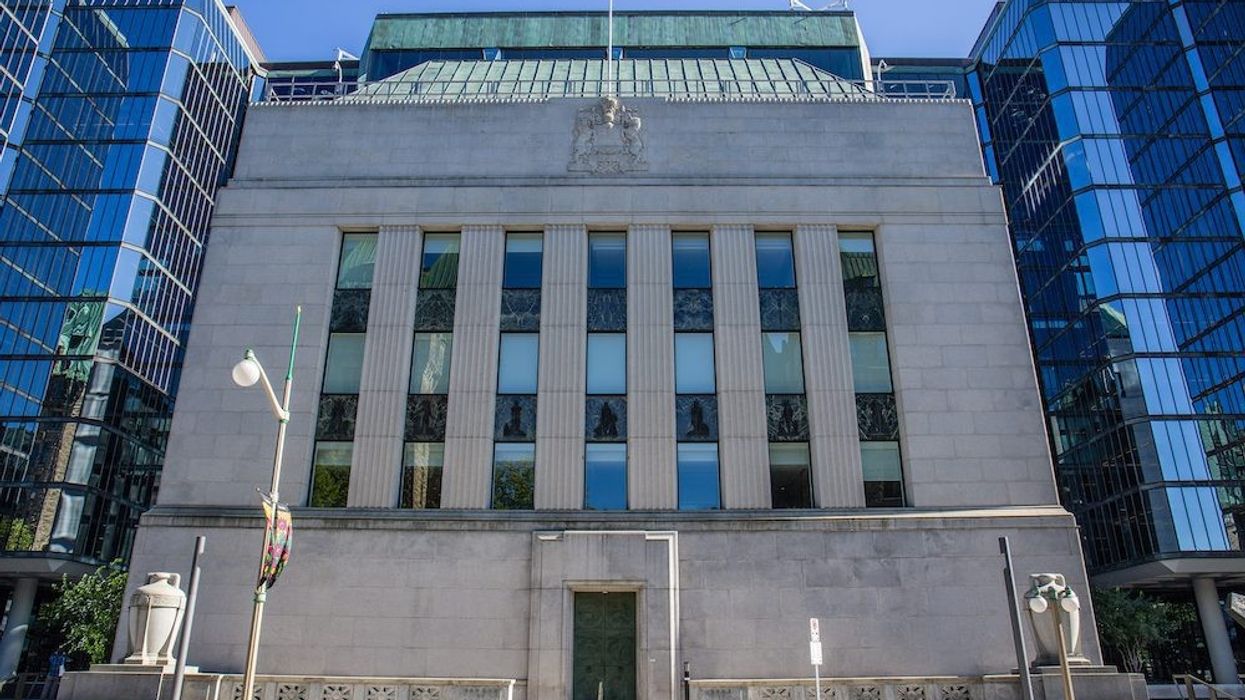The Bank of Canada (BoC) has announced it is increasing its Overnight Lending Rate by a half point, bringing it to a full 1% in the largest rate hike seen since May 2000. The central bank also announced it is officially ending its reinvestment phase and will begin quantitative tightening -- the sell off of Canada bonds on their balance sheet -- as of April 25.
These measures signal an official end to the BoC’s pandemic-recovery strategy, and an aggressive pivot to tackle rising inflation, which hit a 31-year high of 5.7% in February, well above the 3% that would typically trigger tighter monetary policy. Originally spurred by the effects of COVID-19 induced global supply chains, the Russian invasion of Ukraine has added a new layer of pressure to soaring consumer costs.
READ: Government Budget Spending to Fuel More Supersized Rate Hikes
“Russia’s ongoing invasion of Ukraine is causing unimaginable human suffering and new economic uncertainty,” states the BoC’s release. “Price spikes in oil, natural gas and other commodities are adding to inflation around the world. Supply disruptions resulting from the war are also exacerbating ongoing supply constraints and weighing on activity. These factors are the primary drivers of a substantial upward revision to the Bank’s outlook for inflation in Canada.”
The Bank adds the war is further complicating global economies’ recovery from the impact of the Omicron variant, and causing considerable volatility and uneven conditions across the world; European countries are absorbing more direct impacts of the conflict, while COVID once again becomes a predominant concern in China.
However, the economic picture is very strong south of the border, as the US sees historically strong employment, but also grapples with runaway inflation, which hit 8.5% this week. The US Federal Reserve has strongly signalled that it will be implementing its own super-sized rate hikes in the months to come, further cementing Canada’s own monetary policy course.
READ: More Borrowers Will Face Jumbo Stress Test Following Higher Rate Hikes
As policy stimulus is withdrawn, US growth is expected to moderate to a pace more in line with potential growth. Global financial conditions have tightened and volatility has increased. The Bank now forecasts global growth of about 3.5% this year, 2.5% in 2023 and 3.25% in 2024.
Meanwhile, Canada’s economy is expected to grow by 4.25% this year, before moderating to 3.25% in 2023 and 2.25% in 2024. “Robust business investment, labour productivity growth and higher immigration will add to the economy’s productive capacity, while higher interest rates should moderate growth in domestic demand,” states the BOC; job markets and wage growth have roared back post pandemic, with stronger growth than projected in January, and is expected to continue into the second quarter.
However, the BoC notes that housing market activity “which has been exceptionally high,” is expected to moderate.
All of this points to an assured hiking path in the months to come. Markets have been pricing in a minimum of three outsized hikes before the year’s end, along with unanimous expectation from Canada’s big six consumer lenders, who will be increasing their prime rates in tandem with today’s increase.
The anticipated impact on consumers is an increase of 0.5% works out to $26 more per month on every $100,000 loan; for an average mortgage holder in the GTA carrying $600,000, they’ll see an increase of $156 per month.
“With the economy moving into excess demand and inflation persisting well above target, the Governing Council judges that interest rates will need to rise further. The policy interest rate is the Bank’s primary monetary policy instrument, and quantitative tightening will complement increases in the policy rate. The timing and pace of further increases in the policy rate will be guided by the Bank’s ongoing assessment of the economy and its commitment to achieving the 2% inflation target.”





















